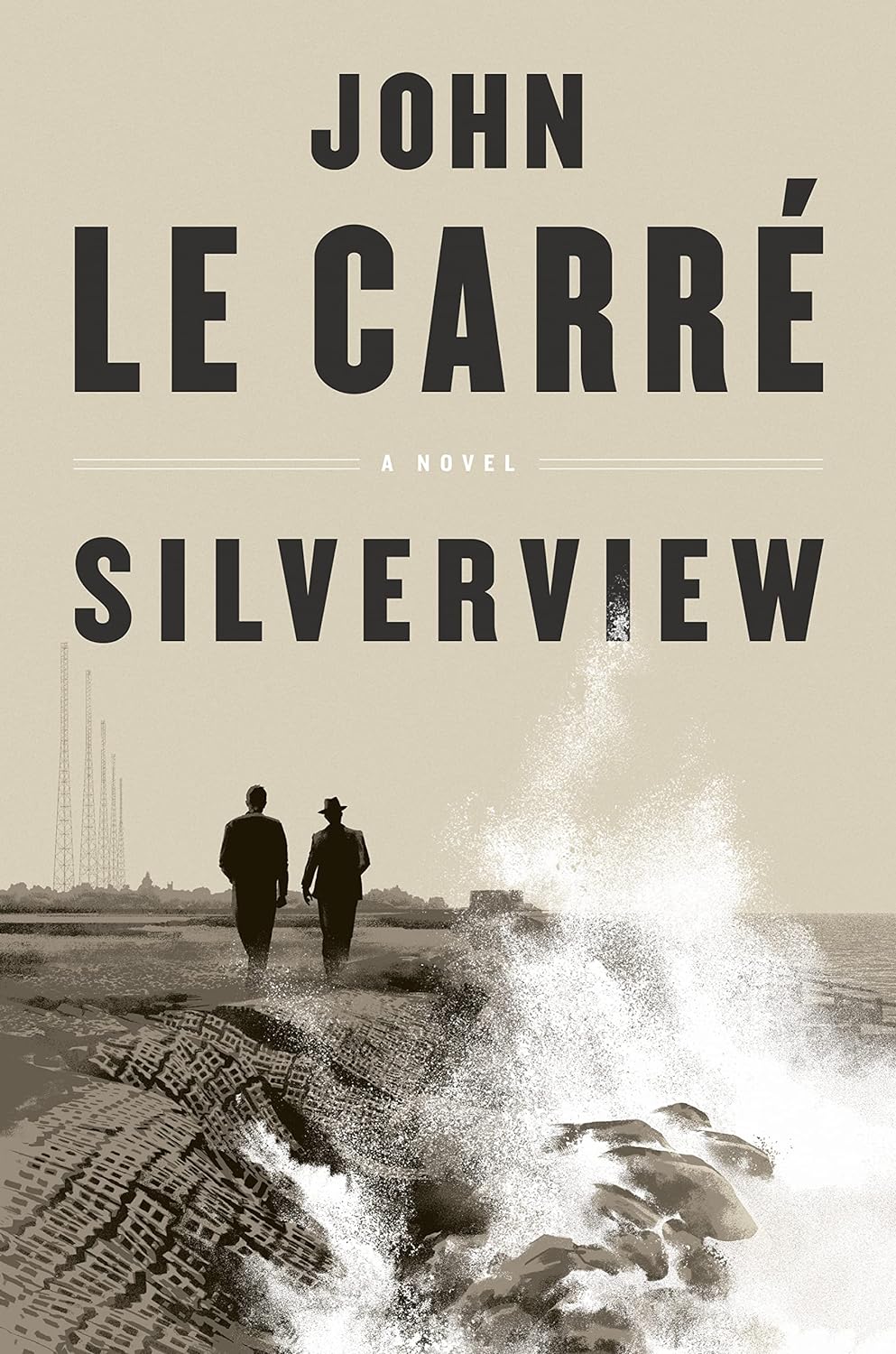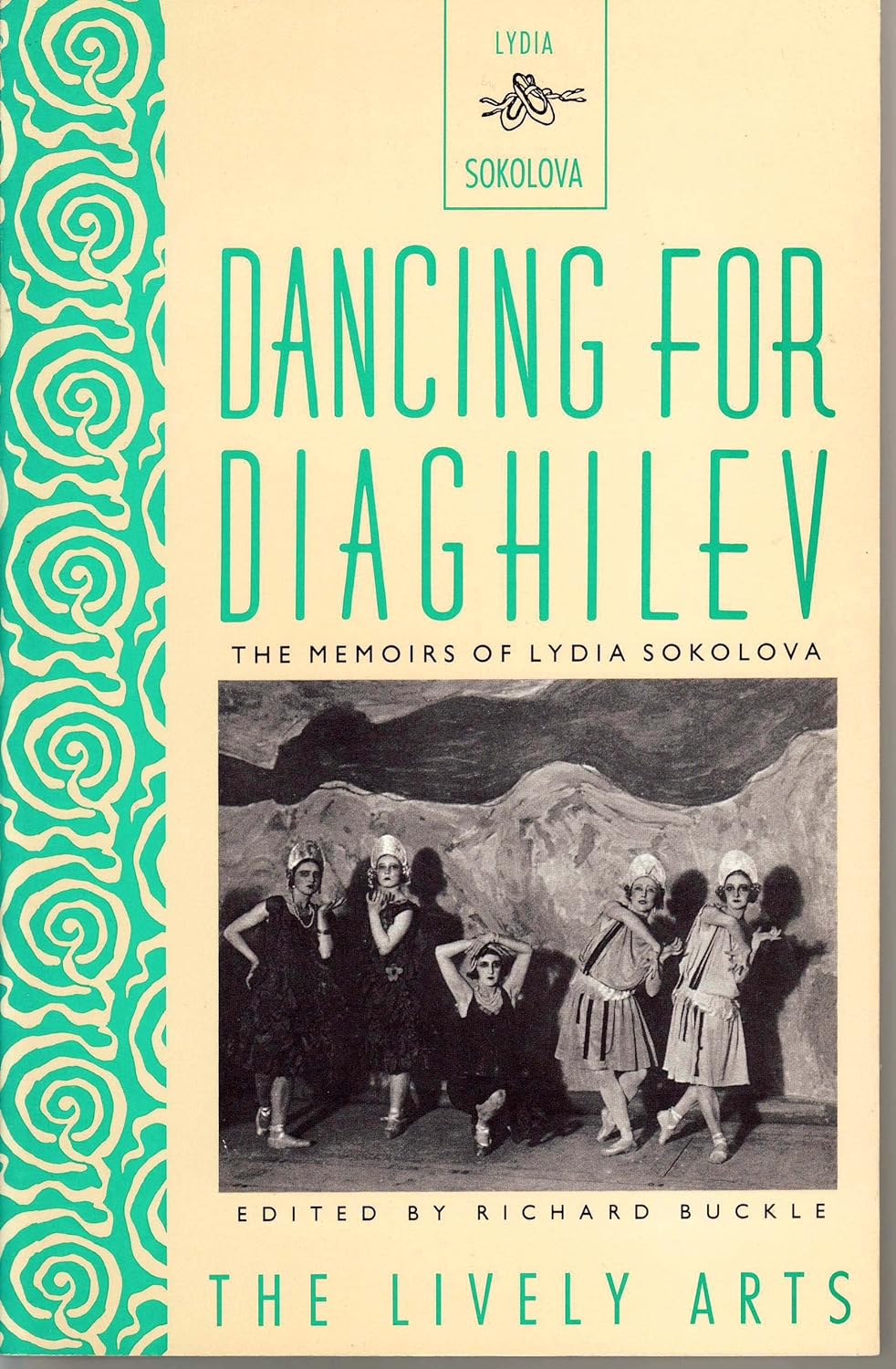NIGHTSTAND
Books we recommend
SILVERVIEW by John Le Carre
Viking, $28
 I first encountered John Le Carre the way most of us serendipitously find new favorite authors, on holiday, picking through someone else’s bookshelf. I found a paperback of The Honorable Schoolboy in a friend’s villa in Italy I was renting, thought “I’ll read a few pages of this, get bored, and go sit by the pool and daydream,” basically my default position in life, even when there’s no pool around.
I first encountered John Le Carre the way most of us serendipitously find new favorite authors, on holiday, picking through someone else’s bookshelf. I found a paperback of The Honorable Schoolboy in a friend’s villa in Italy I was renting, thought “I’ll read a few pages of this, get bored, and go sit by the pool and daydream,” basically my default position in life, even when there’s no pool around.
I did not get bored. I fell in love with Le Carre’s spy fiction and his percussive characters, shaped by their dialogue and linguistic ticks and secret service patois. Over the next twenty five years I read every book he published until he died in 2020. Until now. From the grave he sneaked in one more! And it’s sublime.
I don’t know if you have to like spy mysteries to enjoy or appreciate Le Carre’s masterful craft. As an apostle for him I’m too blinded to answer that question, but I’d venture probably not. He’s a superior writer, the way Graham Greene was, regardless of the subject. He’s been compared to Dickens, which is both unfair and accurate. His characters are not a flock of little James Bonds flying around the world, vanquishing evil villains and dismantling their would-be world dominating organizations. Instead they are ordinary, usually flawed people, most manipulated for those flaws to serve the perceived — or at least prevailing — greater good. A high rate of them wind up discarded on some metaphorical rubbish heap, their lives, whether they survive them or not, the cost of preserving the illusion of freedom, or at least the status quo. His characters are us, if we fell through the looking glass.
Silverview is an extraordinarily accomplished and fun novel, which, in vintage Le Carre fashion, takes a while to reveal itself, but amuses and intrigues in the meantime. There’s a huge espionage crisis looming over British Intelligence but we don’t know what it is or who’s behind it for a while, and neither do they — we’re going to find out together. An old and wonderfully secretive and eccentric, chameleon-like Polish emigree is floating around a British seaside town, seemingly harmless and purposeless but of course not a breath he takes isn’t part of a divine purpose and he is very completely the eye of this particularly menacing tornado. Most of the people he magnetizes to him don’t even realize they’ve been sucked up into its swirling cone. His wife, once a titan of the British Secret Service, is dying, and his lover is a former spy he’s never fully disengaged from. And neither, it turns out, are the most important, most loved woman in his life — she’s even more dangerous.
Not a single bullet is fired in the book — they rarely are in Le Carre’s stories. There are no Dr. Nos or Blofelds, just shadows, falling large and small over Belgrade, Bosnia, Paris, maybe the Middle East, London and, most dramatically and conclusively and of course surprisingly, over a small seaside town in East Anglia. Le Carre’s last, great mystery is, why wasn’t this book published in his lifetime? It’s magnificent, thrilling, enveloping, a classic. One of his best and a perfect punctuation point on an amazing body of work.
~ Bob Guccione, Jr.
HEAT 2 By Michael Mann and Meg Gardiner
William Morrow, $29 (2022)
 Do you remember the 1995 movie Heat? It starred one of the greatest ensembles: Al Pacino, Robert De Niro, Val Kilmer, Jon Voight, Tom Sizemore, Ashley Judd, Amy Brenneman, Ted Levine, Dennis Haysbert, William Fichtner, Hank Azaria, Danny Trejo and Natalie Portman. It ran nearly three hours. It’s one of those movies I could watch over and over. It was epic.
Do you remember the 1995 movie Heat? It starred one of the greatest ensembles: Al Pacino, Robert De Niro, Val Kilmer, Jon Voight, Tom Sizemore, Ashley Judd, Amy Brenneman, Ted Levine, Dennis Haysbert, William Fichtner, Hank Azaria, Danny Trejo and Natalie Portman. It ran nearly three hours. It’s one of those movies I could watch over and over. It was epic.
It’s one of those movies that probably should be left alone. Thankfully, it wasn’t.
Fast forward 27 years and the film’s brilliant director, Michael Mann, made a Heat sequel and prequel – all in book form. He teamed with Meg Gardiner, one of the best thriller novelists. The book, which picks up right where the movie ends, focuses on the injured Chris Shiherlis (Kilmer), the lone survivor from the bank heist, who sets up a new life in Paraguay, but still taking on “scores.” The authors also dive deep into the main characters’ back stories. You learn why Neil McCauley (De Niro) won’t get close to anyone. You find out how amazing a detective Vincent Hanna (Pacino) really is.
The plot resembles the original as do the action scenes, which is fine by me, and take place in different locations (Chicago, Mexico) and times (late ‘80s, early 2000s). Mann and Gardiner do an excellent job tying in the two timelines with a new foe to set up another epic final scene…back in Los Angeles!
Mann has gone on record saying Heat 2 will be his next movie and even though the cast will be new, it’s fun to read this book picturing the original one and, more so, hear Pacino’s outstanding one-liners. Your motherf–kin time will not be wasted.
~ Jason Stahl
Out of Print Books We Love…
Out of print books are recyclable and inexpensive. If you don’t mind reading on a screen, they can be downloaded for free. No virtual strings attached.
DANCING FOR DIAGHILEV: THE MEMOIRS OF LYDIA SOKOLOVA,
Mercury House, 1960, $12.95.
 Being a ballerina is hard. So is being a writer. It’s the rare ballerina who can do both well and write a memoir – that is, not a ghostwritten memoir – or a written “with” or “told to” book – which is essentially the same thing, read: ghostwritten. So far, I’ve only read one excellent ballet memoir written by a dancer herself — the incomparable Maya Plisetskaya, who scoffed at her ghost writer’s early results, summarily dismissed him, and wrote it herself.
Being a ballerina is hard. So is being a writer. It’s the rare ballerina who can do both well and write a memoir – that is, not a ghostwritten memoir – or a written “with” or “told to” book – which is essentially the same thing, read: ghostwritten. So far, I’ve only read one excellent ballet memoir written by a dancer herself — the incomparable Maya Plisetskaya, who scoffed at her ghost writer’s early results, summarily dismissed him, and wrote it herself.
Maybe because Lydia Sokolova’s memoir was indeed “told to” and written by Richard Buckle, the premier dance critic of the time who also founded Ballet magazine in 1939, that it reads flawlessly. British writers are just so good – solid, detailed, witty, and that’s yet another reason I read The Economist faithfully every week, but how did I already digress?
Sergei Diaghilev (1872-1929) was a kind of original It-boy of his time. He had little artistic talent of his own (though he originally had tried to be a composer), but the world soon learned of his superior ability to discover, nurture, and magnetize around him the greatest artists of the age. It was Diaghilev who birthed the Ballets Russes in 1913, the dance company that launched Vaslav Nijinsky in Afternoon of a Faun, considered the first modern ballet and one that was so radical and erotic for its time that it caused a riot at the premiere. Diaghilev also gave Anna Pavlova a stint, more or less discovered Jean Cocteau, had theater sets designed by Pablo Picasso and Marc Chagall, musical scores by Igor Stravinsky, and one could go on with all the famous names.
Lydia describes her “boss” Diaghilev as a task master who kept a tight leash on his dancers, but had little patience for their personal problems and dramas, of which there were a LOT. She was half in awe of him and half afraid of him – that he’d fire her even though she rose to be one of the important dancers in the troupe. Though most of the dancers were originally Polish or Russian, others weren’t, so Diaghilev handily changed their names. In Lydia’s case, she was British and her real name was Hilda Mullings.
What was Pavlova’s house in London like? Lydia visits and gives all the specs including the swans in a garden pond that she kept to study their movements. How did Nijinsky warm up before a performance? Ballet aficionados will kvell at the luscious details. How did Diaghilev keep the troupe afloat even when he was bankrupt or often broke? Well, that’s another book. To find out more, read Misia Sert’s biography – she was his best friend and bankrolled much of the Ballets Russes, bailing him out on numerous occasions as did Coco Chanel. Misia was also Chanel’s gal pal. The two of them shot up morphine together, but Chanel’s morphine habit – allegedly one she continued all her life – seems to have been airbrushed out of history. A few packs of cigarettes a day, champagne, and morphine – no wonder she stayed so thin. On the contrary, by all accounts, her friend Diaghilev was described as tall and heavy. When Diaghilev died, the Ballets Russes came to an end, its dancers and choreographers (you’ve likely heard of George Ballanchine) dispersed around the world to carry on.
~ Helen Mitsois
To read more:
I, MAYA PLISETSKAYA by Maya Plisetskaya,
https://wonderlusttravel.com/book-recommendations-may-2021/
Misia & the Muses: The Memoirs of Misia Sert,
https://wonderlusttravel.com/nighstand-september-2023/









